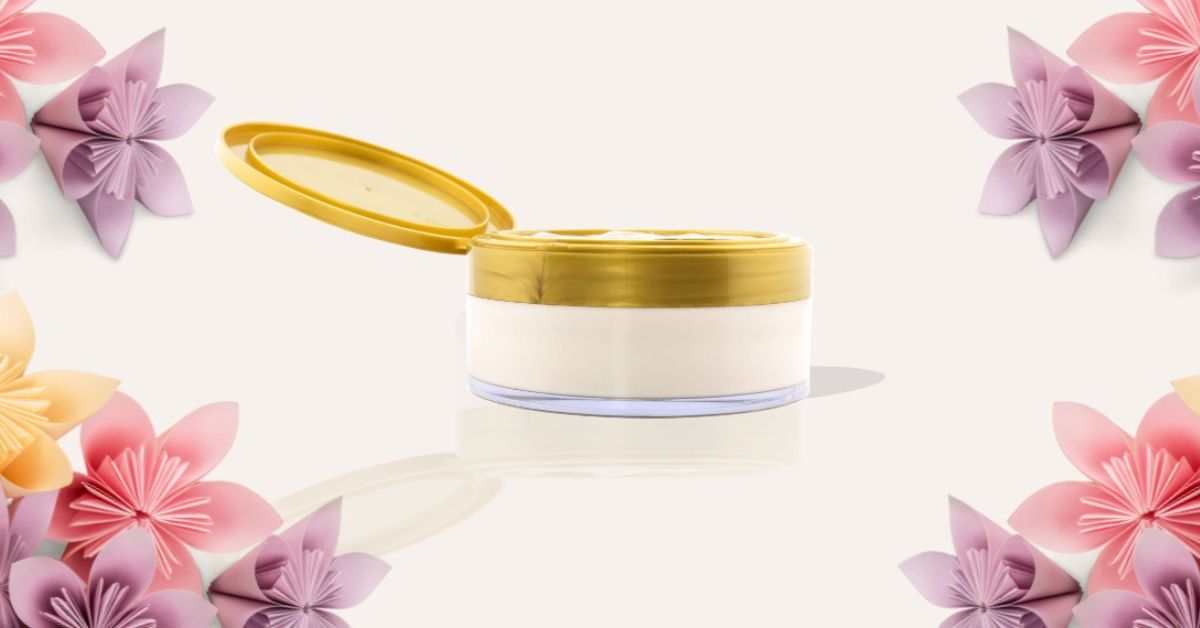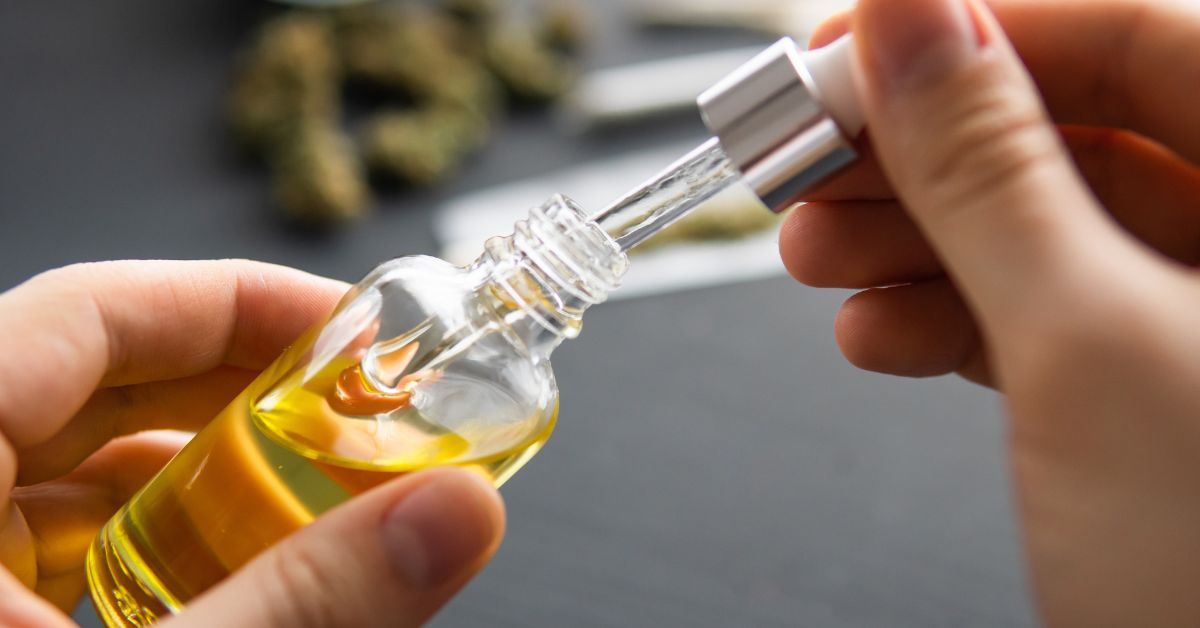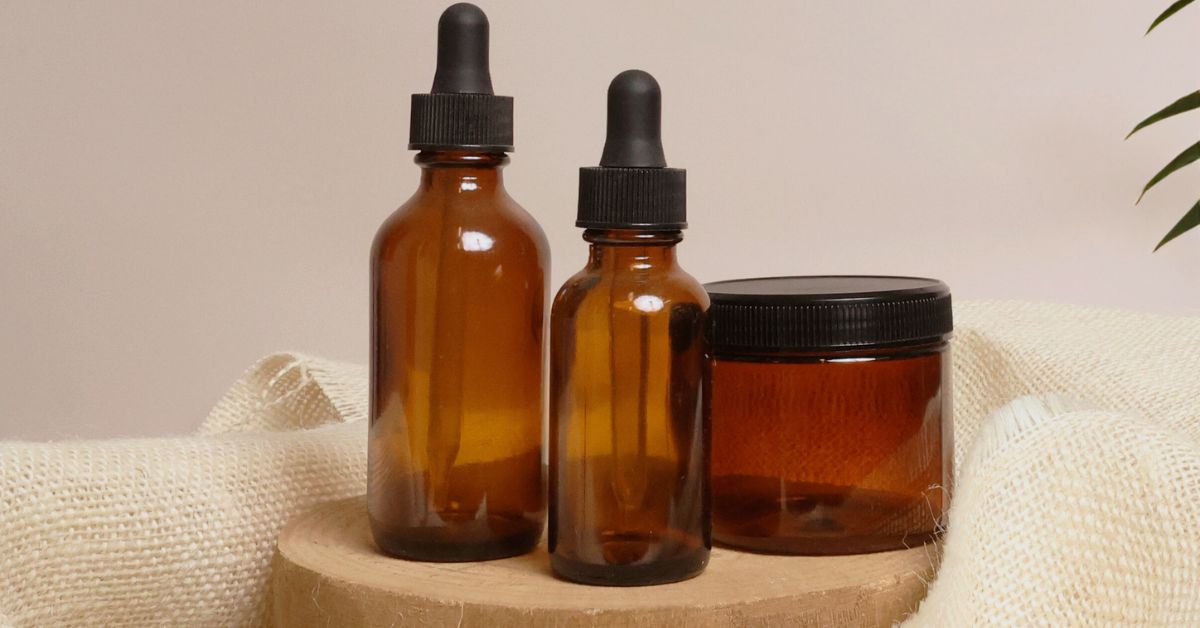Packaging is the only defense between your product and elements that can compromise its quality. The right packaging materials and design choices can mean the difference between a product that maintains its freshness for months and one that deteriorates within days. Understanding how product packaging directly impacts shelf life enables manufacturers and retailers to make informed decisions that protect product integrity and consumer satisfaction.
Understanding Shelf Life
Shelf life represents the period during which a product maintains its intended quality, safety, and effectiveness under specified storage conditions. This timeframe depends on the product’s inherent stability, storage environment, and the protective barrier its packaging provides. Manufacturers determine shelf life through accelerated aging tests and real-time studies that simulate various storage conditions.
Several factors influence how long a product remains viable. Temperature fluctuations, humidity levels, light exposure, and oxygen contact all contribute to product degradation. The packaging material’s ability to control these environmental variables directly determines the product’s shelf life potential.
Types of Packaging Materials
Many of the products we use every day have shelf lives and expiration dates. There are several types of packaging containers made to hold everything from food and drinks to cosmetics and keep them shelf-stable.
Plastic
Plastic packaging offers versatility and cost-effectiveness across numerous applications. Different plastic polymers provide varying levels of barrier protection, with some excelling at moisture resistance while others block oxygen transmission. The selection of specific plastic types depends on the product’s vulnerability to particular environmental factors.
Glass
Glass containers provide excellent protection against gas transmission and chemical interactions. This material maintains product purity by preventing flavor transfer and contamination. Glass packaging particularly benefits products sensitive to chemical migration from packaging materials.

How Packaging Influences Shelf Life
Packaging preserves the quality and extends the shelf life of various products. By providing a protective barrier against environmental factors such as oxygen, moisture, light, and contaminants, packaging ensures that goods remain safe and consumable for longer periods. Explore the specific ways packaging influences shelf life and promotes product freshness.
Protects Against Environmental Factors
Packaging plays a critical role in protecting products from harmful environmental factors. It creates a controlled microenvironment that shields items from temperature fluctuations, humidity changes, and atmospheric pressure variations.
High-quality packaging materials like plastic and glass are designed to maintain consistent internal conditions, ensuring that products remain stable regardless of external weather changes or transit conditions. This environmental control prevents chemical reactions, physical changes, and degradation, which could compromise the product’s quality, safety, or usability.
Preserves Quality
Packaging is essential for preserving the quality and effectiveness of products. The barrier properties of advanced materials prevent the loss of volatile compounds, which are often responsible for a product’s effectiveness, aroma, or sensory characteristics.
For example, food packaging helps retain the original texture and flavor of items, while cosmetic and pharmaceutical packaging ensures that active ingredients remain potent throughout their shelf life. Proper preservation requires careful matching of packaging materials to the specific vulnerabilities of the product, such as sensitivity to light, oxygen, or moisture. By maintaining the original properties of the product, packaging ensures that customers receive items in their best possible condition.
Prevents Spoilage and Contamination
Effective packaging serves as the first line of defense against spoilage and contamination. It creates a physical barrier that blocks microorganisms, dust, dirt, and other contaminants from coming into contact with the product.
The integrity of a package’s seal is crucial for maintaining sterile conditions over time, particularly for sensitive items like pharmaceuticals, medical devices, and perishable foods. This is why choosing the correct closure or seal for your product packaging is so important. For example, vacuum-sealed or nitrogen-flushed packaging prevents bacterial growth and oxidation, ensuring that products stay fresh, safe, and ready for use.
Impact on Different Products
Different products have different shelf life and safety requirements, requiring different packaging solutions to maintain their quality. Here are some common examples of different product types and their packaging needs.
Food Products
Food products demonstrate the most visible effects of packaging on shelf life. Fresh produce requires breathable packaging that regulates moisture while preventing dehydration. Processed foods benefit from vacuum packaging or modified atmosphere packaging that removes oxygen and replaces it with inert gases. Dairy products need light-blocking materials to prevent nutrient degradation and off-flavor development.
Pharmaceutical Products
Pharmaceutical products demand packaging that maintains chemical stability and prevents moisture absorption. Many medications degrade rapidly when exposed to humidity or temperature variations. Blister packs and bottle packaging with desiccants provide the controlled environment necessary for maintaining drug efficacy throughout the labeled expiration period.
Cosmetics and Beauty Products
Cosmetic products require packaging that prevents oxidation and microbial growth while maintaining product consistency. Airless packaging systems eliminate oxygen exposure that can cause color changes and active ingredient degradation. The packaging material must also resist chemical interactions with potentially reactive cosmetic formulations.

Sustainability and Future Packaging Trends
Sustainable packaging solutions increasingly focus on biodegradable materials that maintain protective properties while reducing environmental impact. Plant-based polymers and recycled materials offer alternatives to traditional packaging without compromising shelf life performance.
Smart packaging technologies integrate sensors and indicators that monitor product freshness in real-time. These systems provide consumers with accurate information about product quality and remaining shelf life. Active packaging incorporates materials that actively preserve freshness through oxygen scavenging or moisture regulation. These advanced materials offer superior protection while using less material overall.
Choose the Right Packaging for Your Products
Selecting appropriate packaging requires understanding your product’s specific preservation needs and shelf life requirements. FH Packaging offers comprehensive solutions, including wholesale plastic containers, glass bottles, and specialized packaging materials designed to optimize product freshness. Our extensive inventory provides options for every product category and protection requirements.
Professional packaging consultation helps identify the most effective materials and designs for your specific applications. FH Packaging’s high-quality products ensure you receive packaging solutions that maximize shelf life while meeting sustainability goals and budget constraints. Browse our bulk plastic containers and other packaging solutions that will help enhance your products’ shelf life.
Keep Products Fresh and Stable With Packaging
Packaging directly determines product shelf life through its ability to control environmental factors and prevent contamination. The selection of appropriate packaging materials and technologies requires careful consideration of product characteristics and storage requirements. Investment in quality packaging systems pays dividends through extended shelf life, reduced waste, and enhanced consumer satisfaction.
Understanding the relationship between packaging and freshness enables better decision-making throughout the product development process. Prioritize packaging effectiveness by browsing material solutions at FH Packaging today.
